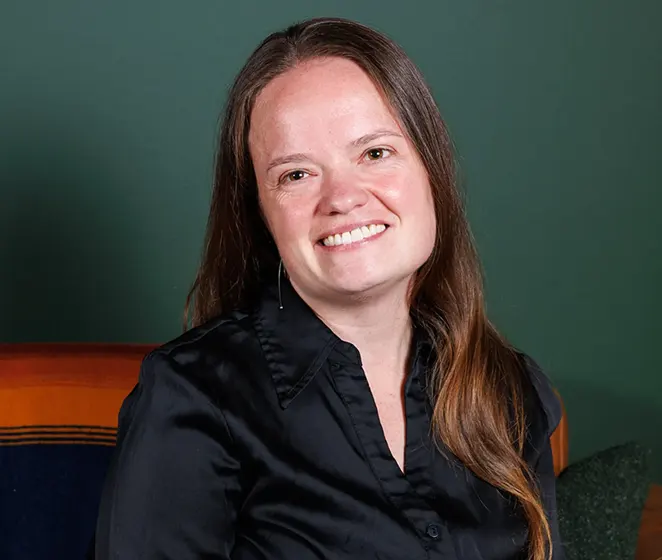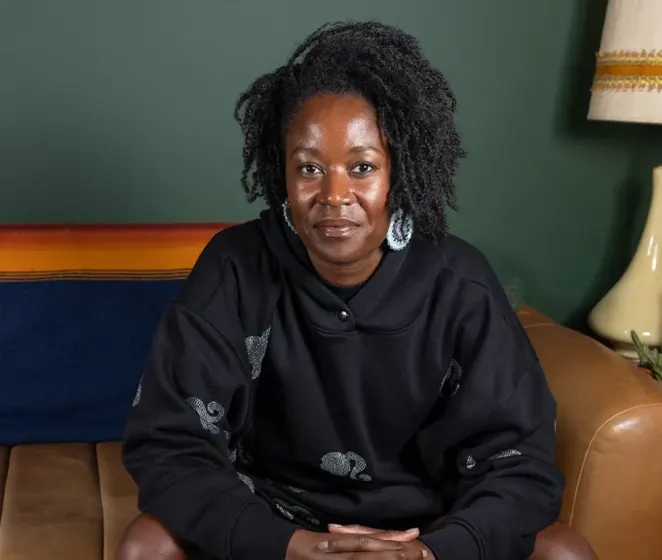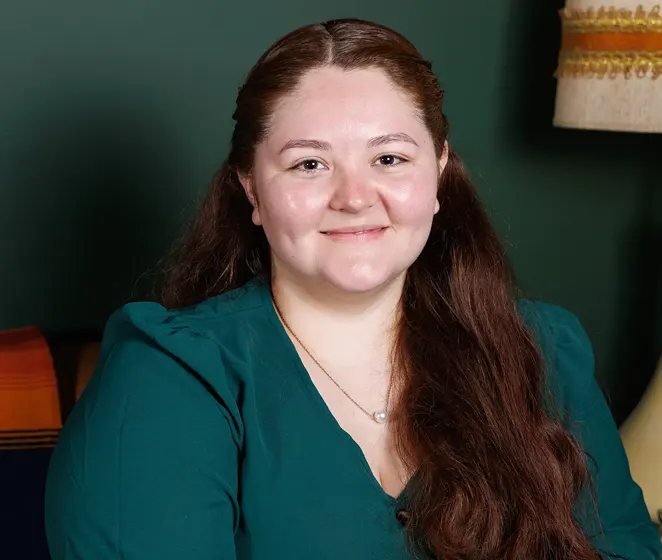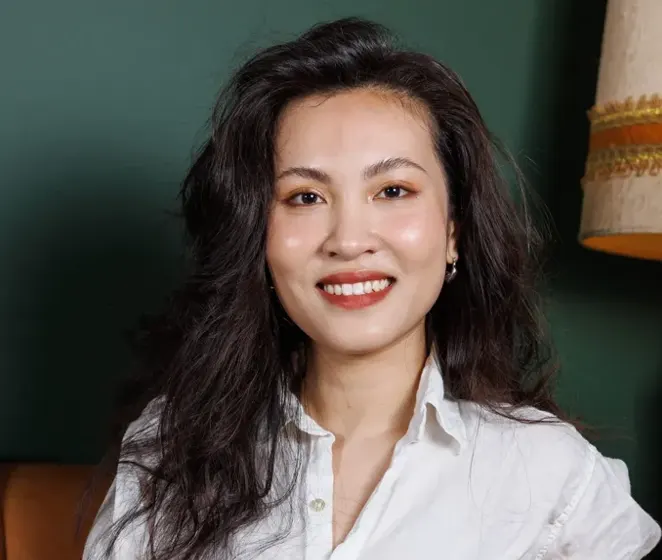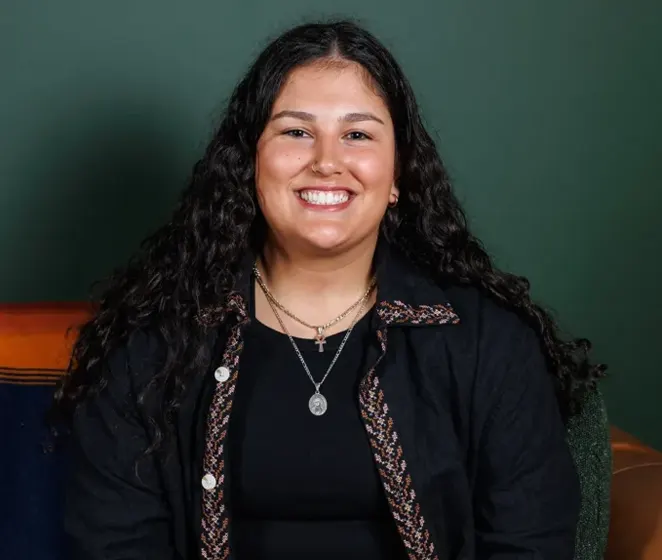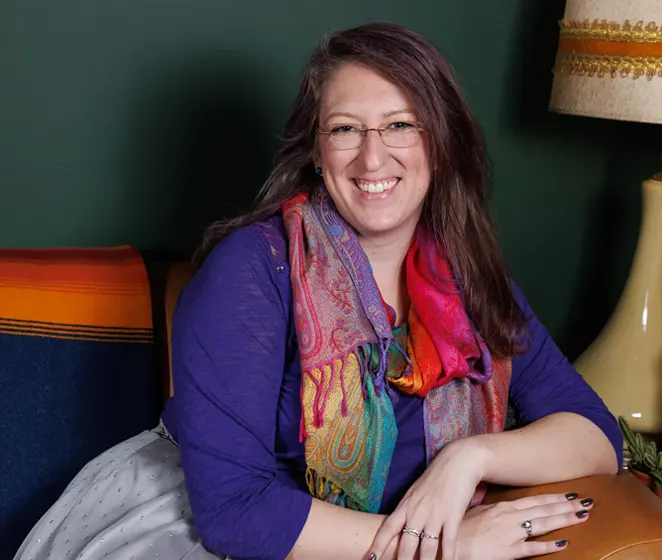by Intentional Spaces Psychotherapy
There’s a certain kind of loneliness that doesn’t come from being alone; it instead comes from feeling unreachable, unseen, or untouched, even when you’re surrounded by others.
You might long for deeper relationships, yet find yourself pulling back when things start to feel close. You might notice a wall rise between you and the people who matter, even when you don’t mean to build it.
If you’ve ever wondered, “Why can’t I let people in?” or “Why do I keep others at a distance, even when I don’t want to?” you’re not alone. Many people carry this quiet struggle, often without words for it, often without knowing where it began.
What Is Fear of Intimacy?
Fear of intimacy isn’t about disliking people or not wanting relationships. It’s about the vulnerability of being truly known—allowing others to see not just the polished parts of you, but the tender ones too: your fears, your needs, your feelings.
For some, closeness brings up anxiety or discomfort. For others, it feels suffocating, unfamiliar, or even unsafe. You might notice yourself changing the subject when conversations deepen, pulling away when someone expresses care, or staying just far enough removed that no one can quite reach you.
Beneath it all, there’s often a deep longing for connection and a fear of what that connection might cost.
Where Does This Fear Come From?
This tension between wanting closeness and fearing it doesn’t come from nowhere. More often than not, it has roots in past experiences where vulnerability led to pain.
Some people grew up in families where emotions were ignored, dismissed, or punished—where being open meant being hurt, shamed, or overlooked. Others carry trauma from relationships that taught them that trust is dangerous. Some were shaped by cultural or generational messages that framed independence as survival and emotional expression as weakness.
When relationships have historically been unsafe, the nervous system adapts in ways that make distance feel protective. You learn, consciously or not, that keeping others at arm’s length is how you stay in control, how you avoid disappointment, abandonment, or rejection.
These patterns aren’t signs of defectiveness. They are signs of adaptation. What once helped you survive may now be the very thing creating distance from the connection you long for.
The Quiet Loneliness of Keeping People Out
The protective walls we build around ourselves may have once been necessary, but over time, they can leave us feeling hollow and alone, even in the company of others.
You might sit across from someone who cares for you, wanting to reach back, but instead you hear yourself making a joke, changing the subject, or suddenly feeling the urge to leave. Later, you may wonder:
Why do I always pull away?
Why does closeness feel so uncomfortable?
This is the quiet loneliness of protection. It’s not something you chose to originally do, but it is something you have the power to change. It’s something your body, your heart, and our history built to keep you safe. It’s often accompanied by a deep grief—the loss of what could be, the life just beyond the walls you can’t seem to lower.
Many people living with a fear of intimacy feel trapped between two truths:
- The desire to be loved, understood, and seen
- The terror that if they are seen, they will be hurt, rejected, or abandoned
This isn’t selfishness. Your nervous system is doing what it was designed to do: protect you from pain.
How Fear of Intimacy Lives in the Body
While we often think of intimacy as an emotional or psychological issue, much of this fear lives in the body as much as it lives in the mind.
For many, the moment connection deepens, the body responds before the mind has time to catch up:
A tightening in the chest. Shallow breath. An urge to shut down, turn away, or disappear.
These are survival responses, fight, flight, freeze, that may have served you well in relationships that were unsafe, unpredictable, or violating. Therapy that honors the body’s role in relationship patterns can help you not just think differently, but actually feel differently, over time, in the presence of safety.
How Therapy Can Help You Build Safer Connections
Therapy doesn’t demand that you rip down your walls overnight. It doesn’t ask you to “be vulnerable” on command or push past your limits. Instead, it offers a steady, nonjudgmental space to explore the origins of your protections and to imagine what a safer connection might look and feel like.
In therapy, you may begin to notice the patterns gently:
- The moments when you start to pull back or shut down
- The ways your body signals discomfort when closeness appears
- The stories you’ve learned about what love and connection require
From there, therapy helps you practice small, tolerable steps toward connection. That might mean learning to name your feelings in low-stakes moments. It might mean exploring what it feels like to receive care, kindness, or support without reflexively distancing.
Most importantly, therapy holds space for both your longing and your fear, without rushing, without shaming, without forcing.
At Intentional Spaces, our therapists understand that fear of intimacy is often rooted in early relational wounds, trauma, or cultural conditioning. We meet you where you are, honoring the wisdom behind your defenses while helping you imagine new ways of relating to yourself and to others.

When You’re Ready
Letting people in can feel risky, especially if you’ve spent years or even decades learning that distance equals safety. And it’s okay if you’re not ready. It’s okay if your heart is still cautious.
But if you’re curious—if something inside you is starting to wonder what it might feel like to soften, to trust, to allow connection in small ways—therapy can help you begin.
There’s no right pace. No wrong starting point. Just this moment, and the possibility of something new.
At Intentional Spaces, we’re here when you’re ready.





